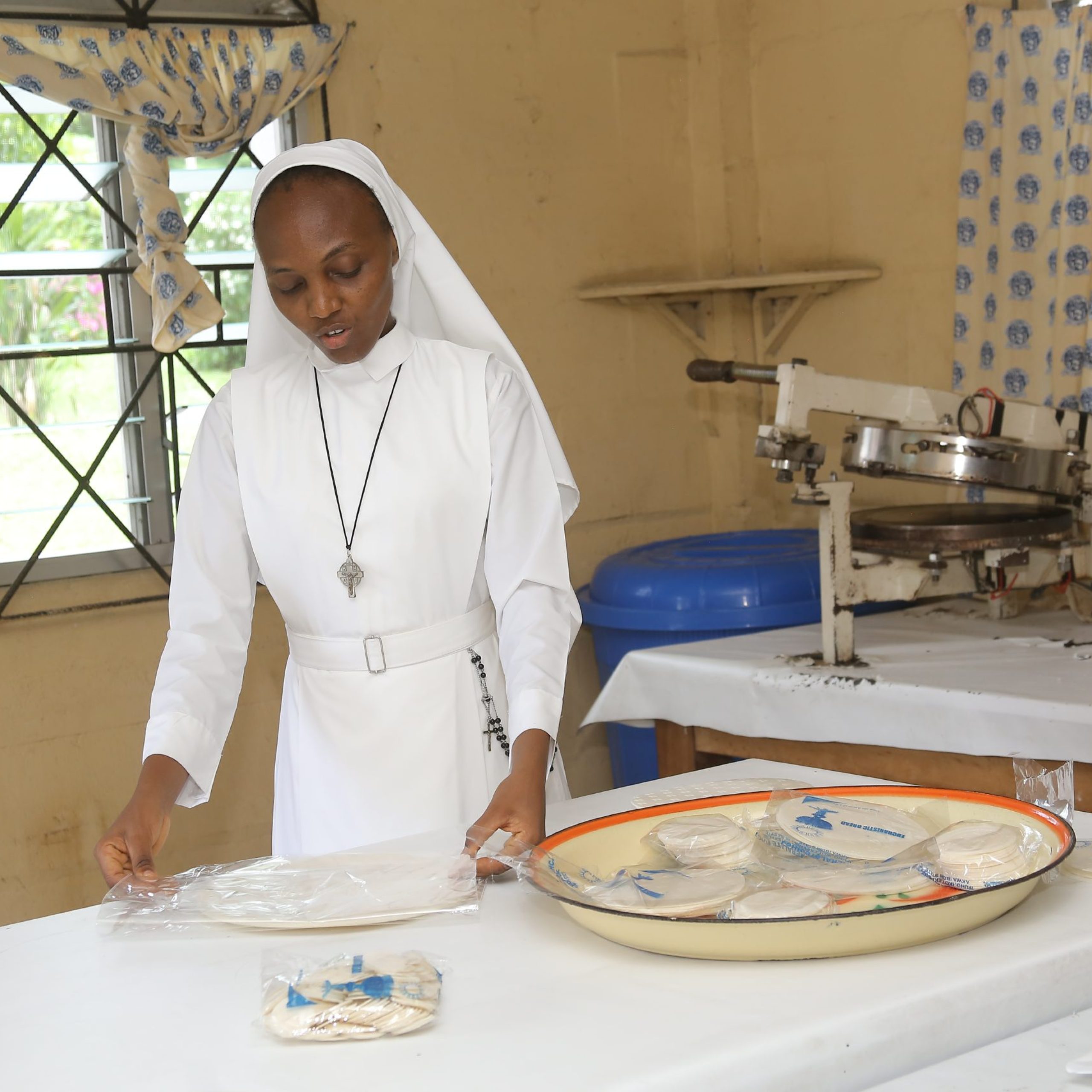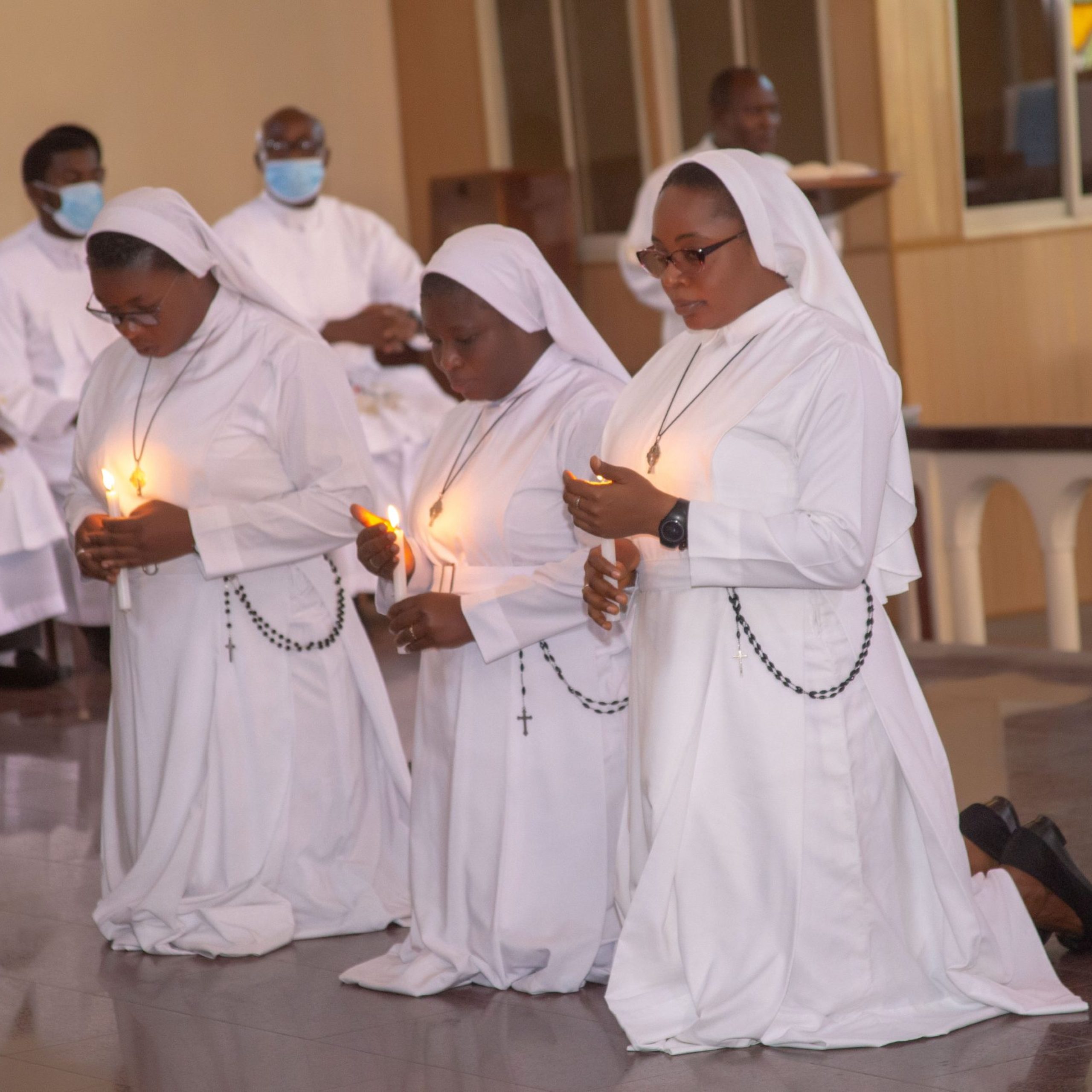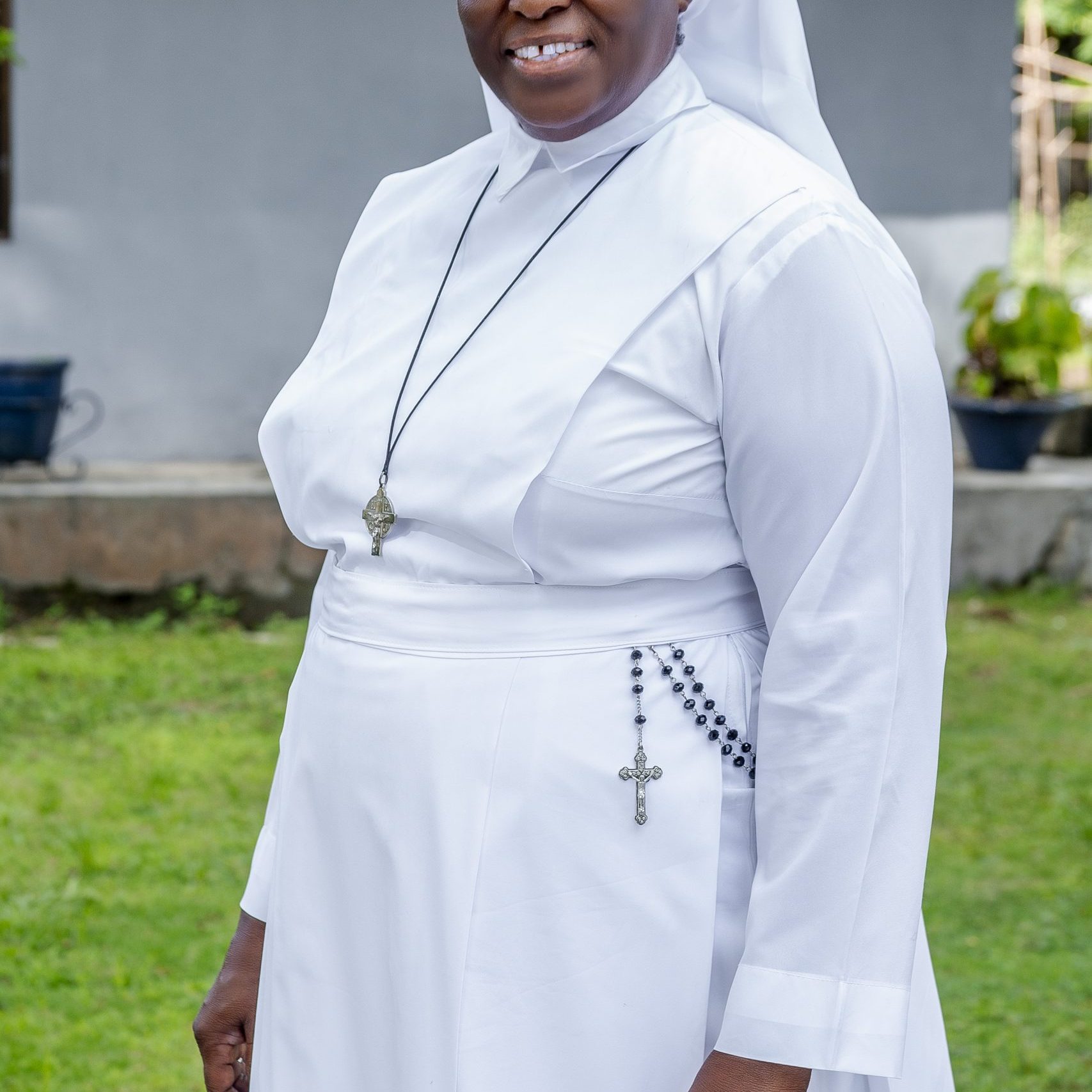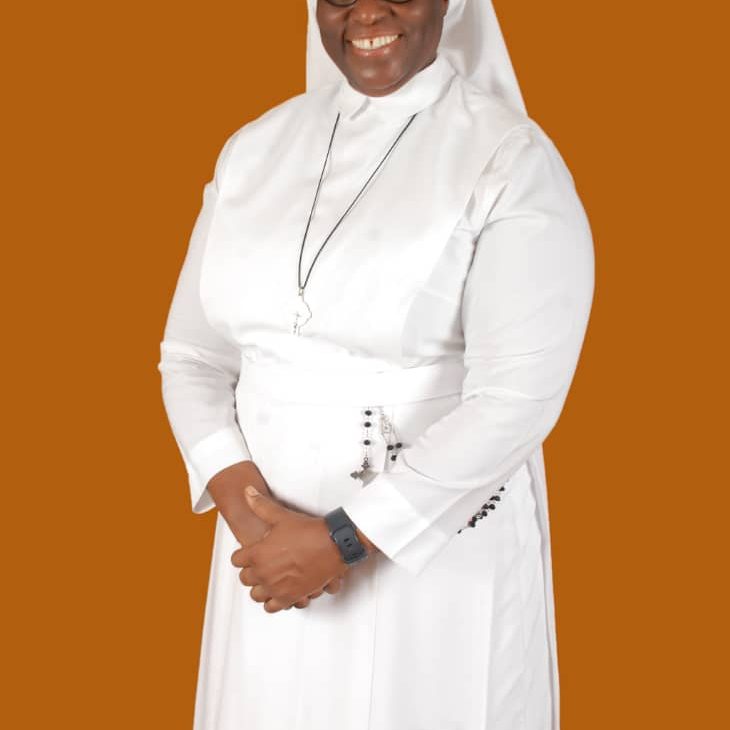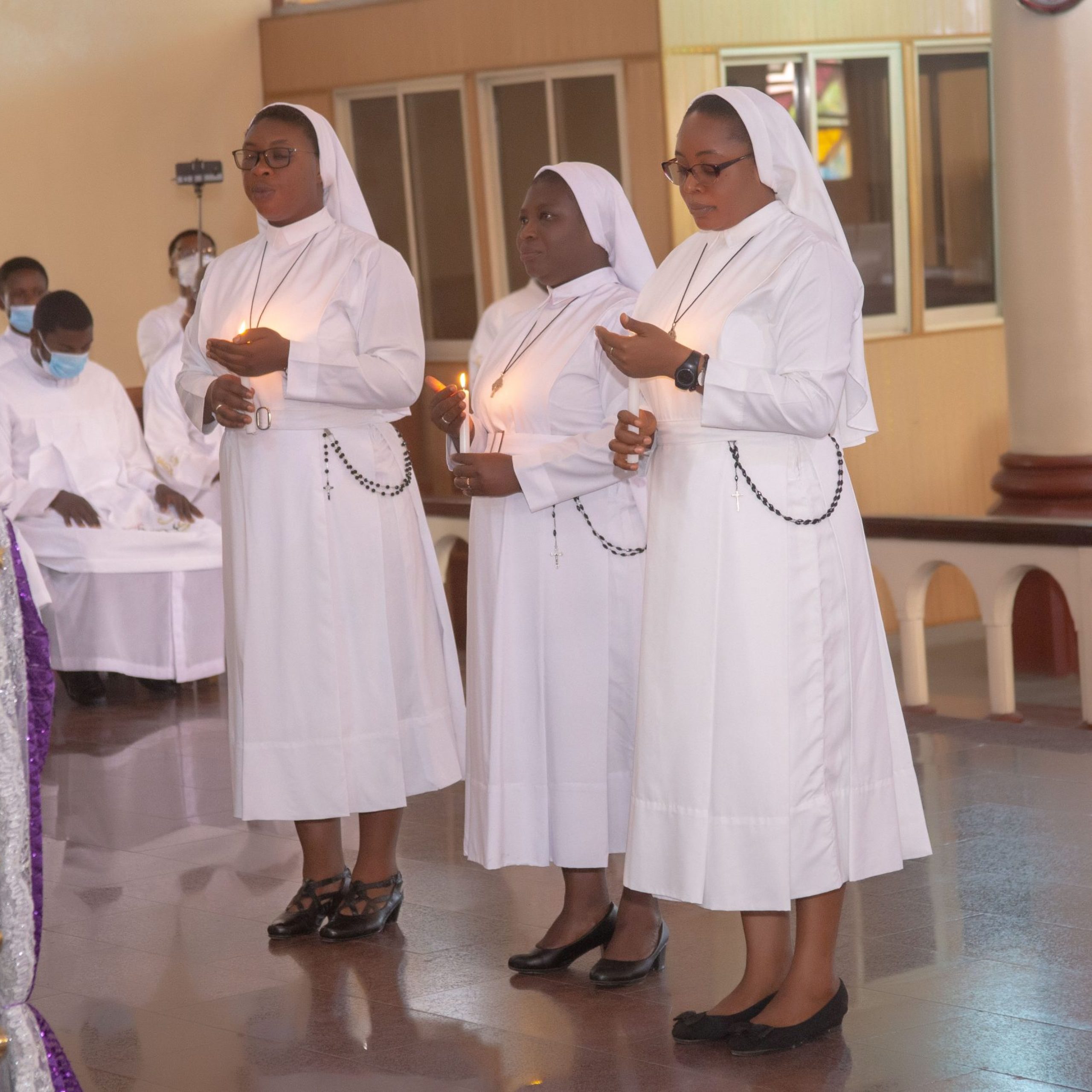Share This Class:
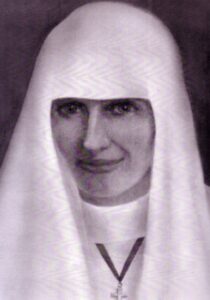
Sister Mary Charles Magdalen Walker, Foundress of the Handmaids of the Holy Child Jesus.
The Congregation of the Handmaids of the Holy Child Jesus (HHCJ) was founded by Sister Mary Charles Magdalen Walker, an Irish Sister of Charity (now Religious Sisters of Charity), who arrived in Nigeria in 1923 at the invitation of Bishop Joseph Shanahan, CSSp. Her mission was to assist in the work of evangelization, particularly in the education of women. Mother Mary Charles Magdalen Walker embodied the spirit of being “all things to all people” as she took on multiple roles—educator, medical worker, evangelist, and social worker—to uplift the communities she served.
The desire to establish an indigenous religious congregation became a reality when four young women, whom she taught at St. Joseph’s Convent School in Calabar, expressed a desire to follow in her footsteps. On January 15, 1931, these four women—Lucy Williams (Sister St. John from Cameroon), Kathleen Bassey (Sister Mary Ignatia from Calabar), Agnes Ugoaru (Sister Mary Aloysia from Umuahia), and Christiana Waturuocha (Sister Mary Gertrude from Mbaise)—were received as postulants, and the congregation was named the Handmaids of the Holy Child Jesus.
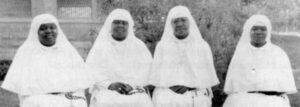
The Congregation’s cradle is in Calabar, Nigeria, where it nurtured and sustained its international and inter-tribal characteristics, as reflected by its founding members. The Congregation was canonically erected in April 1937 by Bishop James Moynah, SPS, the Prefect of Calabar Prefecture. The Society of the Holy Child Jesus guided the formation and growth of the young congregation. The first religious profession of vows took place on April 21, 1940.
The Congregation achieved autonomy on December 28, 1959, with Mother Mary Gertrude Waturuocha, one of the founding members, serving as the first Superior General. On February 29, 1971, Pope Paul VI granted the Congregation “Decretum Laudis” (Decree of Praise), elevating it to a Congregation of Pontifical Right. Today, HHCJ has members from Nigeria, Cameroon, Togo, Ghana, Sierra Leone, England, and Kenya, and operates houses in Nigeria, Ghana, Cameroon, Togo, Sierra Leone, Kenya, Italy, Germany, the United Kingdom, the United States, Canada, Grenada, and Tanzania.
In response to its growth in membership and geographical reach, the 7th General Chapter of the Congregation (March 8-26, 1996) mandated the division into Provinces for effective administration and apostolic ministry. Consequently, four Provinces were created: Central Eastern Province, Ghana Province, North Western Province, and South Eastern Province. At the 9th General Chapter (March 1-18, 2008), the Kenya Region was also established.
Who can become a handmaid?
An unmarried baptized young woman of good character, with a strong desire to follow Christ’s way of life in union with Mary, the first Handmaid. She should have good health, average intelligence, sound judgment, and a good sense of humor. She must be able to live peacefully with all kinds of people and participate in community life with joy and readiness to forgive.
Qualifications:
(a) Minimum Qualification: Five credits in WASSCE/GCE/SSCE/NABTEB
(b) Any good professional training









